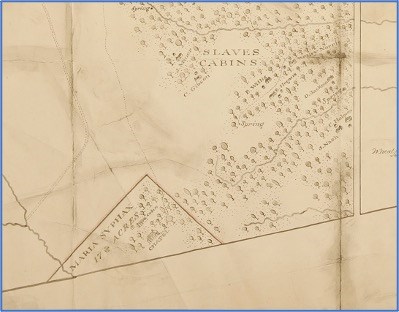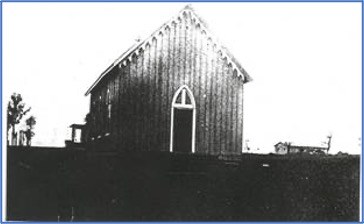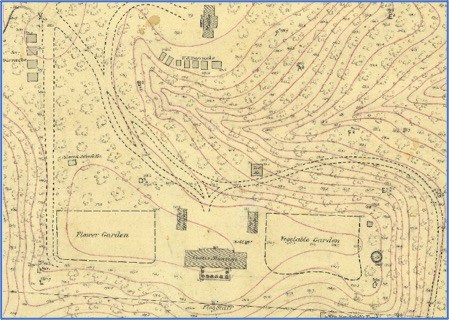
NPS Image Religion and education seem to have gone hand-in-hand from the earliest days at Arlington Plantation. Raised from infancy by his grandmother, Martha Washington, and the first President, George Washington, George Washington Parke Custis was a member in good standing of the Episcopal Church. However, by all accounts, his wife, Mary Lee Fitzhugh Custis, was a much more devoted worshipper. Daily prayers (usually drawn from the Episcopal Common Book of Prayer) were said within the mansion both in the morning and the evening of each day. Moreover, the Sabbath was strictly observed, including family attendance at services at Christ Church in Alexandria whenever the weather and other travel conditions permitted.

Trinity Episcopal Church of Arlington Interestingly, a historical map of Arlington Plantation drawn in the late-1920s with the assistance of the formerly enslaved man and later long-time cemetery worker James Parks, shows the location of Arlington Chapel in the southwest corner of present-day Arlington National Cemetery, within a short distance of several slave quarters and on the 17-acre plot occupied by Charles and Maria Syphax, and their ten children. Indeed, the chapel appears on the map to be situated very near to the Syphax house itself. Burned down during the Civil War, Arlington Chapel did not survive the occupation of Arlington Plantation by the Union Army. However, a photo of the chapel before its destruction survives to this day in the archives of Trinity Episcopal Church of Arlington, the successor church of Arlington Chapel. Still more remarkably, the photo provides a feint, but distinct view of the white house occupied by the Syphax family, lying just beyond the chapel. 
Library of Congress Finally, an 1864 map of a portion of Arlington Plantation drawn for Quartermaster General of the US Army Montgomery C. Meigs, most likely in connection with Meigs’ establishment of Arlington National Cemetery in the same year, presents something of a mystery for further historical research. It indicates that a second schoolhouse for the enslaved and later free community of plantation families stood very near Arlington House, in the grove of trees and wildflowers just west of the mansion’s formal flower garden (approximately at the site of the Tomb of the Civil War Unknown Dead, erected in 1866). The exact history and scale of this schoolhouse are uncertain, particularly because no mention of the structure has been found to date in the correspondence or other records of the Custis and Lee families. Perhaps it was a late addition to the mansion grounds by Mr. Custis or even by Robert E. Lee when he became the executor of his father-in-law’s estate in 1857. Another possibility is that the schoolhouse was built during the Civil War by the Union Army or the formerly enslaved community itself after Arlington Chapel was burned down by Union soldiers. |
Last updated: November 20, 2020
